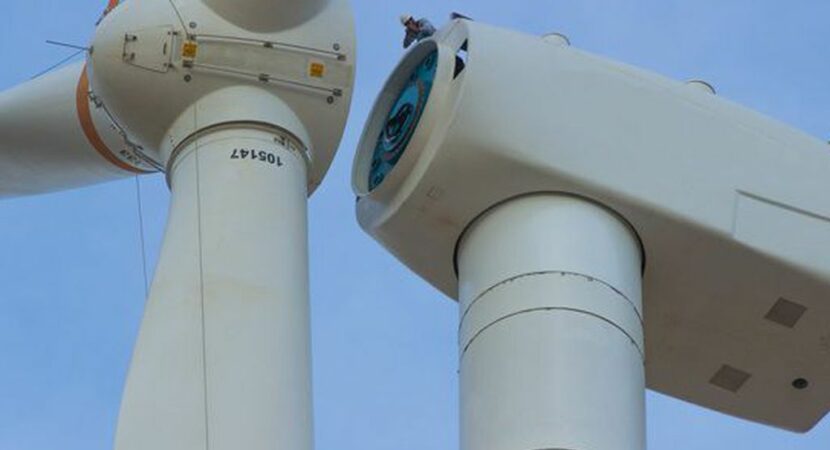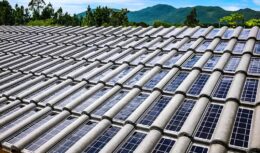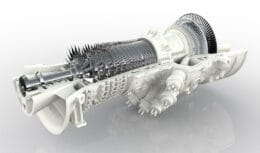
Clean energy will continue to evolve for years to come. The expectation is that by the middle of the next decades the sector will be much more efficient
With growing concern about climate change, most countries around the world are investing in wind energy to produce renewable energy. Even though it already has excellent numbers, wind technology is still in constant evolution to become increasingly cheaper and more efficient. Specialists in the field of renewable energy point out that the wind turbines of the future will be taller, larger and more efficient in the not too distant future.
In an attempt to reduce dependence on fossil fuels, which are far more polluting, countries are investing billions in clean energy. One report shows that renewable energy increased by 290 Gigawatts last year, with wind power accounting for the bulk of the expansion.
As highlighted by National Renewable Energy Laboratory (NREL), from the US, we could see bigger, cheaper and more efficient wind turbines as early as the middle of the next decade. A the energy Wind power is one of the cheapest ways to produce energy today. However, most investments will pay off in the long term.

Advantages of wind energy
Wind energy has a number of advantages over other forms of energy production. Unlike solar energy, wind energy production towers can be installed without compromising the use of the surrounding land. Another possibility is to install wind farms at sea.
Wind power ready to go up
Thinking about having a more assertive vision about the future of wind energy in the future, NREL brought together 1440 industry experts to discuss the future of wind energy. They all pointed out that turbines would grow larger and their rotor diameters would increase.
Previously published research estimated that the hub height of wind turbines would reach 115 meters by 2030. Experts have now revised these estimates to 130 meters by 2035 and up to 151 meters for installations offshore.
In addition to the size of the turbines, researchers are betting on increasing the size of wind farms. The expectation is that the plants will reach up to 1.100 MW for fixed plants and up to 600 MW for floating plants (offshore). For comparison scenario, the largest offshore power plant in Scotland has a nominal capacity of 50 MW. By 2035, the expectation is that the evolution of technology in the sector will generate a reduction of more than 27% in the costs of onshore plants.













(These cables not only support the receivers…
...if the plates work...
Good news
And what would be the disadvantages in relation to…
I have had a Corolla Cross since Dec/2021. Technologically…
The discovery of this new ore world in…
Congratulations, but I don't want to......
But of course I would buy it! Without any…